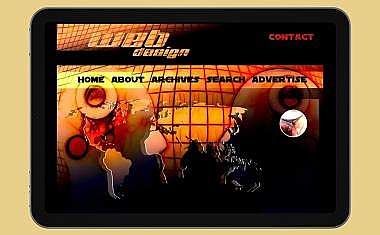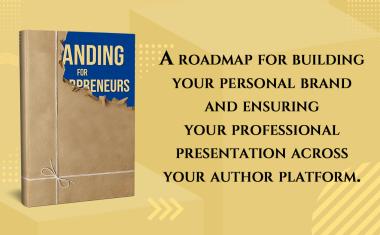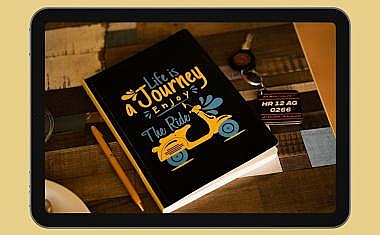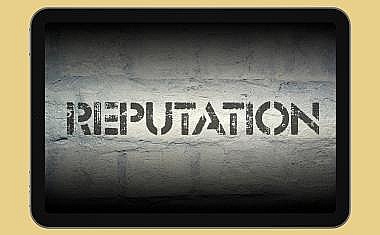
Testing Content for Social Media Platform Growth
Many social media users focus on follower count, but few are willing to do what’s needed for platform growth, says guest author Kayla Hicks.
Author: Kayla Hicks
The truth is, platform growth is a person's ability to connect with others, share useful information, and do both with consistency. And by putting these both into action, this person can then display their worth to the audience they are trying to build.
So, now the question remains, how do we do this? We do this by feeling out the audience with test content that engages a response. We plan content that connects with the audience and makes them want to engage with it in some way. And when we achieve a response to this content, it steers us in the right direction to deliver the content that the audience wants.
Recommended article

Author Platform: Engage With Your Audience
Through emails, social media, or face-to-face communication during events, it’s easier than ever before to interact with your audience.
Growing the platform
What people should be doing if they want to grow their platform is testing the audience on their chosen platform. By this, I am referring to:
- Determining what their chosen focus topics will be
- How often they will post content (I suggest 3 to 4 times a day)
- Planning content out ahead of time
- Remaining consistent
Once you have figured out these aspects, it’s time to put them into action by testing them out on not only your audience, but on people who aren’t yet following you.
For example, let’s say that you're an expert in self-publishing, and perhaps you are posting content about the best ways to create a timeline to publish. Here are some content posts you may vary between to test the audience and see how they respond.
Post 1 (a Thread):
First post in thread
Self-publishing can feel like a long road if you don’t know where you’re going. This is why putting a plan in place is like drawing yourself a road map from the start of your book to after it’s published.
Try adding these to your road map timeline.
Second post in Thread
Set your deadlines and goals from the start of your book to the finish.
Set reveal dates along the way.
Set marketing time aside as you work on your book.
Third post in Thread
Once you have these pit stops placed on your road map, you won’t feel as if you’re lost along the way. Having a plan can erase any anxiety you may feel and deter any possible derailments that could deviate your timeframe.
Post 2 (Poll):
If you haven’t self-published before, what topics are you willing to learn more about?
Option 1: Publishing Platforms
Option 2: Tools for Self-Publishing
Option 3: How to attract readers
Option 4: Anything
Post 3 (Emotional Connection/ Story)
When I began my publishing journey, I spent three thousand dollars on a service that edited, created a cover, published to Amazon, and wrote the description for my book. And afterward, I thought I wouldn’t ever publish a book again.
However, if I had learned the business of publishing and done my research, I would have learned that self-publishing is easier than I originally anticipated. And that I could sustainably self-publish a book again.
If you feel like you have had trouble with self-publishing, share your story in the comments.
Wrap up
Once you begin to place engaging posts such as these, you begin to gauge the audience's responses and determine how to move forward. Because testing the audience allows you to see what topics they are interested in and therefore allows you to deliver what they are looking for.
About the author
Kayla Hicks has been building her multi-genre career since 2014. Since then, Hicks has published several YA, Superhero Fiction, and Children's books. Hicks also teaches authors about publishing and audience building. In her spare time, she spends time outdoors with her husband and daughter.














